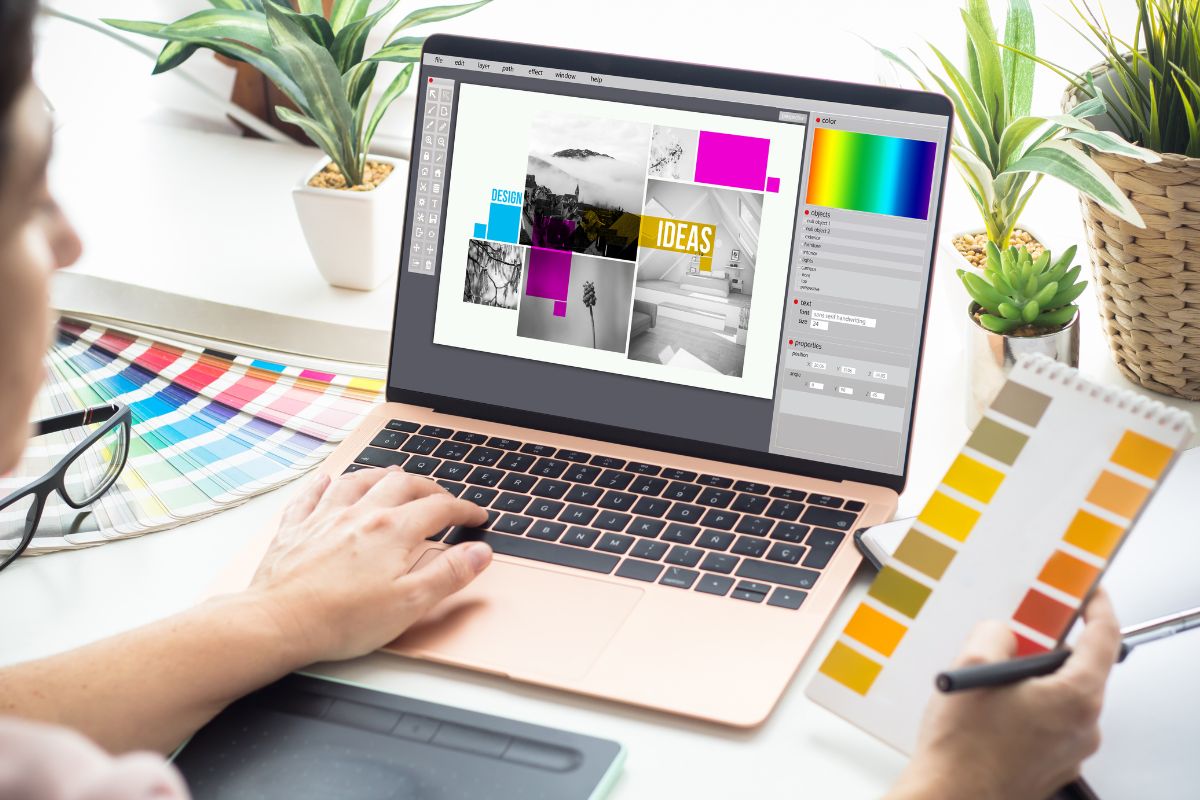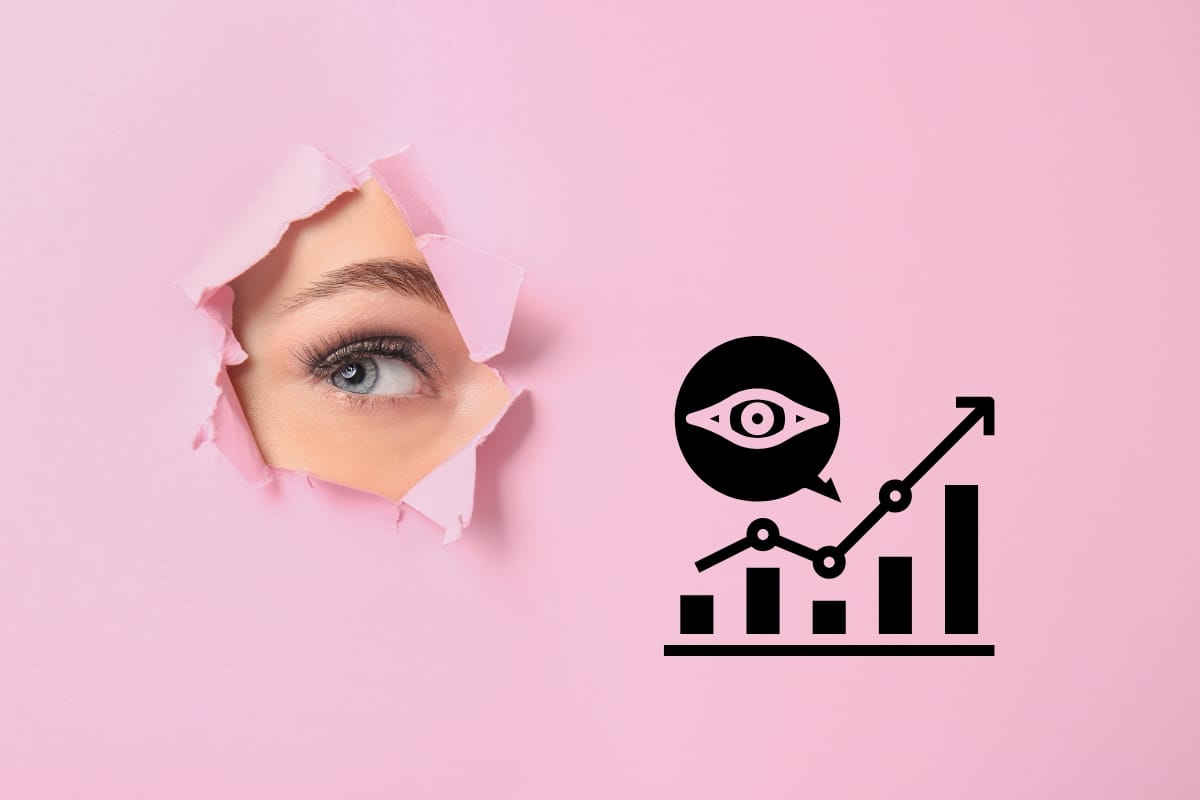Images play a crucial role in SEO, impacting both user experience and search engine rankings. Optimizing images for SEO not only makes your website more engaging but also helps search engines understand and rank your content better.
In this blog post, we’ll explore optimizing your images can significantly boost your SEO efforts.
Learn About Optimized Images for SEO
Why Optimizing Matters

Optimizing images should be part of any SEO checklist for several reasons. First, it can significantly improve your website’s loading speed and overall performance.
When your images are properly optimized, they take up less bandwidth and load faster, leading to a smoother user experience. This is especially important in today’s fast-paced digital world, where users expect instant access to information.
Secondly, visually appealing images can have a profound impact on user engagement and retention. When users land on your website, attractive and relevant images can capture their attention, making them more likely to stay and explore further. This not only increases the time spent on your site but also reduces bounce rates, indicating that users find your content valuable and engaging.
Optimizing your images not only improves technical aspects like loading speed but also enhances the overall user experience, leading to higher engagement and better retention rates for your website.
Key Elements for Optimizing Images for SEO
In this section, we delve into the key elements of effective image optimization for your website’s SEO strategy. Learn how to craft compelling title tags and alt text, choose the right image size and format, optimize file names for search engines, and leverage captions and context to boost your visibility and engagement.
- Title Tag and Alt Text: When you upload an image to your website, the title tag and alt text play a crucial role in SEO. The title tag should be descriptive and relevant, providing a clear idea of what the image is about. Similarly, the alt text is essential for accessibility and search engines. It should accurately describe the image using keywords related to your content, helping search engines understand the context of the image.
- Image Size and Format: Optimizing image size and format is vital for website performance. Large, uncompressed images can slow down your site, so resizing and compressing them without compromising quality is essential. Choose the right format based on the type of image: JPEG for photographs and PNG for graphics with transparency, for example.
- Image File Names: The file name of your images also matters for SEO. Instead of generic names like “IMG001,” use descriptive file names that include relevant keywords. For example, if you’re uploading a picture of a red dress, a good file name would be “red-dress-fashion-2024.jpg.” This helps search engines understand the content of the image and improves its visibility in search results.
- Captions and Context: Adding captions and context around your images can further enhance SEO. Captions provide additional information about the image and can include relevant keywords. Surrounding text that relates to the image topic also helps search engines better understand the relevance of the image to your content. This context improves the overall SEO value of your visual content.
By focusing on these key elements of image optimization, you can ensure that your images contribute positively to your website’s SEO performance, enhancing visibility and user experience.
Tools and Techniques for Image Optimization

Thanks to tools like SEO plugins, you can easily streamline images for SEO. You’ll also learn about essential image editing tools for resizing and compressing, and know the benefits of structured data markup in enhancing your images’ visibility across search engines.
- SEO Plugins: Many popular SEO plugins, such as Yoast SEO, All in One SEO, and Rank Math, offer image optimization features. These plugins allow you to easily add title tags, alt text, and descriptions to your images directly within your content management system (CMS). They also provide suggestions and guidelines for optimizing images for better SEO performance.
- Image Editing Tools: For resizing, compressing, and optimizing images, you can use tools like Adobe Photoshop, Canva, GIMP, and TinyPNG. These tools allow you to adjust image dimensions, reduce file size without compromising quality, and save images in the appropriate format for web use (JPEG, PNG, etc.).
- Structured Data Markup: Structured data markup, such as Schema.org markup, can be used to provide search engines with additional information about your images. This markup helps search engines understand the content and context of your images, which can lead to enhanced visibility in search results, including image carousels and rich snippets.
By leveraging these tools and the latest SEO techniques for image optimization, you can ensure that your visual content is not only visually appealing but also optimized for SEO, improving your website’s overall performance and visibility in search engine results.
Best Practices for Image SEO
Whichever SEO plugin and tools you’re using, there are best practices to follow for optimizing images for SEO. This involves using high-quality and relevant images, optimizing for mobile devices to reach a broader audience, and creating an image sitemap to improve visibility in search engines.
These practices collectively elevate the impact of your visual content on SEO, leading to better rankings and increased organic traffic.
- Quality and Relevance: It’s crucial to use high-quality images that are relevant to your content. High-quality images not only look professional but also enhance user experience and credibility. Additionally, using relevant images that align with your content helps search engines understand the context and relevance of your pages, improving your chances of ranking well in search results.
- Mobile Optimization: With the increasing number of users accessing the internet through mobile devices, optimizing images for mobile is essential. Make sure your images are responsive and load quickly on mobile devices. Consider using responsive design techniques and optimizing image sizes for different screen resolutions to provide a seamless experience across devices.
- Image Sitemap: Creating an image sitemap can significantly benefit your SEO efforts. An image sitemap boosts your SEO by giving search engines details like image locations, captions, and titles. This helps them index your images better, enhancing visibility in search results and driving more organic traffic from image searches.
Boost Online Visibility with Optimized Images for SEO
Throughout this post, we’ve covered key points such as using high-quality and relevant images, optimizing for mobile devices, and creating an image sitemap. Now, it’s time to put these strategies into action. Incorporating these best practices into your SEO strategy will not only benefit your website’s performance but also contribute to long-term success in attracting and retaining visitors.
Ready to take your SEO game to the next level? At Newman Web Solutions, our team of SEO and website experts is here to help you maximize your visual content’s impact on search engine visibility and user experience.
Whether you’re a small business looking to make a big impression or an established company aiming to maintain online dominance, we have the expertise and tools to deliver results.
Book your free strategy call to experience our personalized approach, where we tailor strategies to match your unique goals and target audience. Take the first step towards SEO success today!





